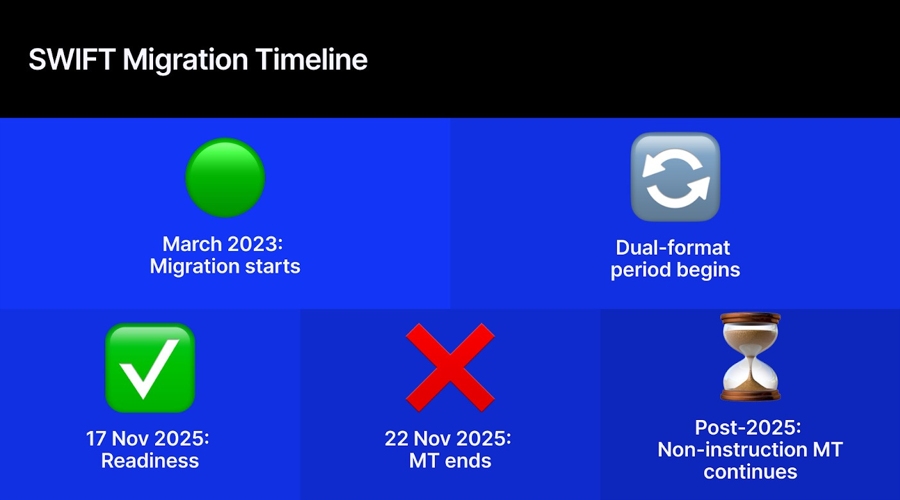Stranded assets and shortages are likely, but prepared managers will be at an advantage
Risk Management News
By
Kenneth Araullo
The reduction of greenhouse gases, a vital aspect of addressing climate change, holds the potential to instigate a profound restructuring of the global economy, akin to the transformative shifts observed during the industrial revolution.
Certain analysts posit that the overall impact of a climate-related energy transition on global economic growth might be insignificant, or even positive. However, this comes with a caveat of substantial disparities across different sectors and regions.
However, these analyses also tend to overlook the consequences of inconsistent actions concerning energy utilisation, supply chains, and technology adoption, despite the escalating likelihood of such disjointed efforts.
David Nelson, head of climate transition, climate, and resilience hub at WTW, emphasises the importance of acknowledging the probable disorderliness of the transition from a business standpoint. Consequently, it becomes imperative for risk managers to proactively address the potential negative repercussions of this anticipated “chaotic” transition.
Defining a disorderly transition, Nelson elucidates that an “orderly transition” to a low-carbon economy would ideally involve a seamless synchronisation between retiring existing high-carbon assets and introducing cost-effective, carbon-neutral replacements.
This alignment guarantees that the requirements of consumers and suppliers are consistently met during the transition. It minimises the risk of energy, food, consumer goods, and industrial product shortages, while averting waste resulting from surplus supply or unnecessary investments.
However, a disorderly transition materialises when there is a discrepancy, encompassing:
- Stranded assets – this occurs when the introduction of new assets precedes the full amortisation of existing resources and assets
- Shortages – replacement assets are developed and deployed belatedly, failing to meet market demand adequately and replace the output from the retired assets in a timely manner
Why risk managers should expect a disorderly transition
Over the past two decades, long-term forecasts for oil and coal demand have witnessed a considerable decline. This downward trajectory in demand expectations has led oil corporations to adopt a cautious approach towards capital-intensive ventures, Nelson noted.
Ventures that may require extensive investment and span years to yield their first oil, projecting returns well into the 2040s, are viewed with growing hesitance. The substantial financial risk associated with such long-term commitments is a deterring factor.
In response to this evolving landscape, a noticeable shift in investment strategies is underway within oil companies. There is a discernible inclination towards shorter-term projects with higher operating costs but lower capital investments. These ventures facilitate rapid oil production, allowing for a shorter period of investment amortisation. However, it is also worth noting that these fields tend to entail higher costs, thereby reinforcing the prevailing trend of heightened commodity price volatility and increased overall costs.
Impacts on the risk management branch
In this complex landscape, the convergence of stranded assets and shortages becomes a distinct possibility, presenting varied challenges across sectors, geographical regions, and temporal frames.
Nelson emphasises the pivotal questions that risk managers need to address: “What is the relative cost of each type of mismatch?” and “What can policy, investment practice, or market structure do to avert the economic consequences?”
Historically, the focus has primarily gravitated towards stranded assets. However, the ramifications of shortages resulting from a delayed integration of alternatives are assuming a heightened significance.
A disorderly transition possesses the potential to disrupt business operations significantly, introducing economic turbulence and unsettling the stability of financial systems. Industries entrenched in carbon-intensive practices and their intricate supply chains will bear the brunt of these disruptions.
Crucial sectors such as transportation, agriculture, and heavy industries will experience substantial impacts, Nelson noted. Analogous to prior industrial revolutions, entire industries might face obsolescence if their existing business models clash with the imperatives of a net-zero future.
Organisations are urged to swiftly adapt or potentially undergo transformative shifts in their business strategies. It is essential to align with the trajectory of a net-zero future, ensuring resilience and mitigating adverse repercussions.
Tackling the threat of a disorderly transition
The looming spectre of a disorderly transition carries extensive implications for risk managers, especially those in natural resource and manufacturing sectors deeply entrenched in the dynamics of this transition.
Nelson said that effective management of transition risks must evolve into a fundamental pillar of long-term strategic planning. Organisations must meticulously strategise and allocate investments considering the anticipated product demand and future supply chains.
Simultaneously, it is also crucial to retain a flexible approach, allowing for swift adaptations to unforeseen directions that the transition may invariably adopt.
In this landscape, risk managers would do well to craft innovative business development and risk management frameworks that engage with customers, consumers, investors, and governments. These stakeholders often encounter parallel instances of risks and uncertainties.
Companies that are adept at managing these multifaceted risks will emerge as victors in this evolving landscape, Nelson noted, while simultaneously contributing to the reduction of volatility in the global economy.
What are your thoughts on this story? Please feel free to share your comments below.
Keep up with the latest news and events
Join our mailing list, it’s free!









































